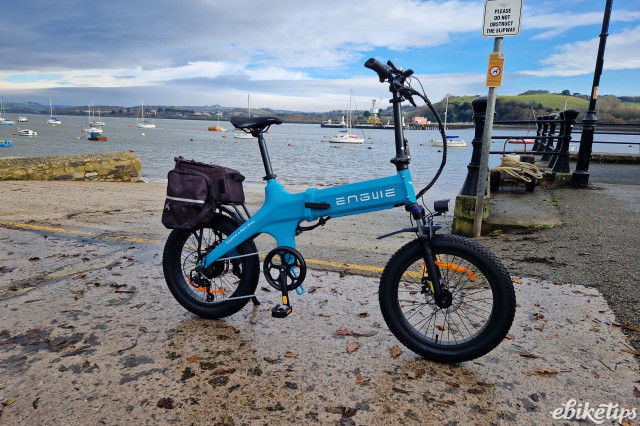A new battery technology being developed at the University of Texas at Austin has the capability to cram three times the energy density into a battery, as well as reducing charge times from hours to minutes. It's not the first time we've heard of new battery breakthroughs, and many of them never make it into production, but we're taking this one seriously.
The reason? The lead engineer is 94-year-old John Goodenough, who was the co-inventor of the Lithium Ion technology that is now ubiquitous across the whole technology sphere. So he's got form for coming up with stuff that works. And he's still going strong in his tenth decade.
Goodenough is heading up a team including senior research fellow Maria Helena Braga at the Cockrell School of Engineering at The University of Texas at Austin, and their breakthrough has been to use a solid glass electrolyte between the positive and negative sides of the battery, replacing the liquid electrolyte that's used in current Lithium Ion technology.
How does this help? Well, one of the issues with Lithium Ion batteries is that repeated charging can lead to short circuits and fires. This is due to connections called dendrites forming between the positive and negative sections of the battery through the liquid electrolyte. That's not possible with the glass replacement, so charging can be at a much higher current without any risk of short circuit, and the battery chemistry is also better at storing the energy from the charging current. That reduces charging time right down.
The glass also means that an alkali metal (sodium, potassium or lithium) can be used for the battery's negative anode, which isn't possible with conventional Lithium Ion batteries; currently it's only possible to have the lithium on one side. Using it throughout the battery means it can store up to three times the energy of current batteries the same size. The glass electrolyte also means that the lithium in the battery can be replaced with sodium. Sodium is much more readily available and easier to extract from seawater, which could in the long term mean batteries get cheaper.
Early tests on the battery prototypes also suggest that they'll cope with a much higher number of charge cycles. The team has demonstrated 1,200 cycles, when a standard Lithium Ion battery is normally around half that. The glass electrolyte cells are also stable over a wider range of temperatures: down to -20°C, and up to 60°C.
That's all great news, but this technology is still in the research phase so it'll be years before it'll be commercially available, assuming it's possible to mass produce the cells economically. Still, it's good to see that there are exciting new technologies out there that could make all electric vehicles better. And that age is no barrier to innovation.






